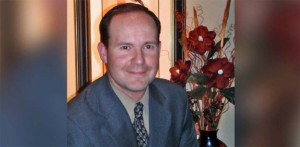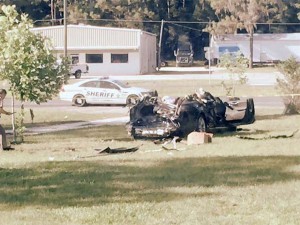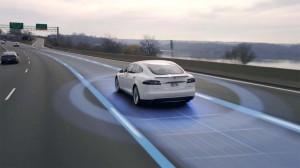A fatal Florida crash that took the life of a former Navy SEAL in May 2016 likely could have been prevented if the driver had responded to warnings to put his hands back on the wheel, rather than relying on the Tesla sedan’s semi-autonomous Autopilot system, according to a new report by the National Transportation Safety Board.
Joshua Brown was killed when his Tesla Model S ran into a semi-truck near Williston, Florida. The Autopilot system appeared not to have recognized the danger when the truck turned in front of Brown’s vehicle. But the NTSB said Brown should have been able to spot the problem and react. Instead, he “took no braking, steering or other actions to avoid the collision.”
Brown had set the cruise control on his electric sedan to 74 miles per hour – while operating in a 65 mph zone—just two minutes before the crash.
Further, the report said that Brown repeatedly ignored warnings from his vehicle that he needed to take manual control, rather than continue to operate in hands-free mode. At least seven times during his journey, the driver apparently ignored visual warnings that read, “Hands Required Not Detected.”
Critics have argued that Tesla initially overplayed the capabilities of the Autopilot system, making it seem as if it offered full autonomy. For its part, the automaker has stressed that the technology “does not allow driver to abdicate responsibility.”

The NTSB report says Brown only took manual control of his vehicle for a matter of seconds before the crash.
But during a 37-minute stretch examined by the NTSB, the 40-year-old Brown had his hands on the wheel for just 37 seconds. Along with the visual warning, the Model S sounded chimes on six instances.
(Going for Maximum Plaid. New Tesla Roadster may break 2-second 0-60 barrier. Click Here for the story.)
The latest report follows an earlier announcement by the NTSB, the agency in January saying that it had found no defect involving either the Tesla or its Autopilot system that would have contributed to the crash.
However, it appears that the semi-autonomous technology still did not pick up the potential collision, initial indications suggesting the vehicle’s camera and radar sensors were fooled, among other things by a white truck silhouetted against a bright Florida sky.
Shortly after the crash, Tesla had a falling-out with Mobileye, the Israeli firm that supplied the onboard camera. It launched an updated version of Autopilot last September that relies solely on radar. Tesla CEO Elon Musk also noted that the system update might have prevented the crash since it would disengage if the driver did not respond to warnings to retake manual control.
The crash has, nonetheless, raised questions about the safety of autonomous and semi-autonomous driving technology, including Tesla’s own plans to add full self-driving capabilities within the next several years.
(Congress could stripe states, NHTSA rights to regulate testing of autonomous vehicles. Click Here for the story.)
The NTSB report was based on both reports from Florida authorities who investigated the crash and the event recorder on the vehicle. However, Tesla uses a proprietary system, unlike other manufacturers, and had to provide the engineering data to the government agency.
A Florida Highway Patrol officer issued a ticket to the driver of the truck for failure to yield right of way. A hearing on the charge is scheduled for this week for 62-year-old Frank Baressi.
Shortly after the crash, Baressi told the Associated Press in an interview that Brown was “playing Harry Potter on the TV screen” when the crash occurred. The new NTSB report appears to debunk that claim.
Jack Landskroner, the lawyer for Brown’s family, said his survivors are reviewing the NTSB report before deciding whether to take any legal action against Tesla.
(Tesla is one of several manufacturers looking to build zero-emissions trucks. Click Here for the story.)
A Tesla spokesperson did not immediately respond to a request for comment on the NTSB ruling but the automaker had, in the past, noted that, while “Autopilot is by far the most advanced driver-assistance system on the road…it does not turn a Tesla into an autonomous vehicle and does not allow the driver to abdicate responsibility.”


